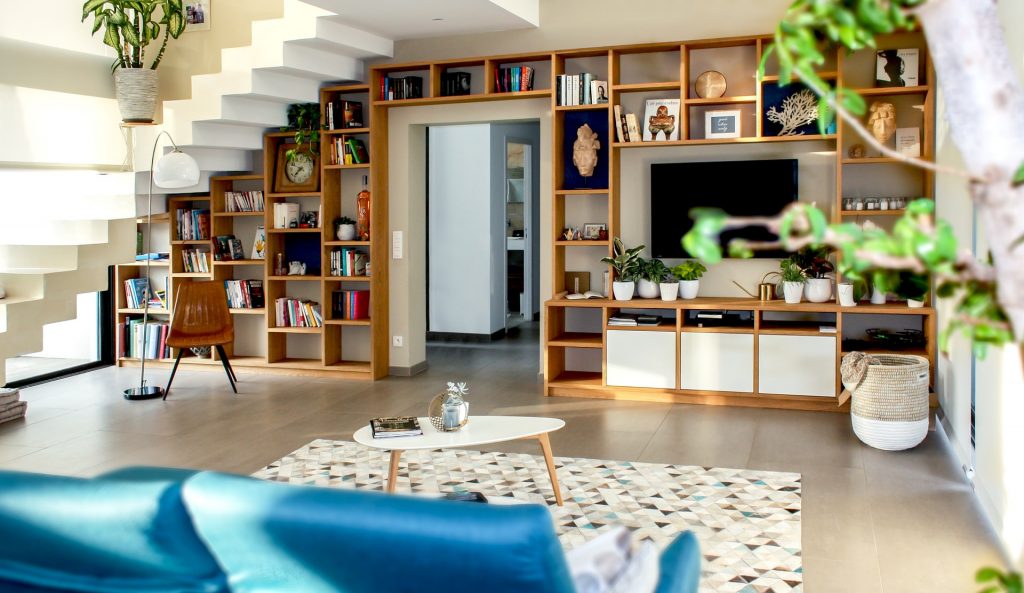More than not, you will hear homeowners rambling with the question of the cost of building a remodel, addition, and custom home. While the question may be popular when renovating and building, it remains pretty important. But for the most part, there is no befitting answer—it always depends on various factors. In fact, you may have to undergo more than 200 decisions, with every decision impacting overall designing and building costs. For this reason, McDermott Remodeling gives you the primary aspects you should factor in when calculating overall designing and building costs. These are structure complexity, location, range of project, and specifications.
Structure Complexity
Consider a craftsman design house and an extensively designed European house for clarification purposes. In that case, the craftsman with limited spaces, fewer arches in the interior, a small number of gabbles and chimneys is far cheaper to design and build than the structurally complex European house. But why is that so? Because a simple structure costs less to design and build than a complex house.
The aspects of the building determining structure complexity include the roof size and foundation size ratio to the home area. For example, if your home has a long rectangular plan, it incorporates more walls to fit the same area. That also goes for ranch plans. Relative to a two-story building, they demand more walls and an extensive foundation to fit equal square footage.
In addition, structures with angles cost more in design and building than structures with corners. And equally, curves are more expensive than straights. When an elevation or corner changes, cost increases. Also, factors like difficulty of installation and safety concerns involved in enclosing large volume space with height walls extend the building and design costs.
Location
The cost of buying a building site or location is a small factor as far as building and design costs go. In addition, the location carries numerous aspects affecting design and building costs. Your site has unique aspects from another, with particular challenges and benefits. When selecting a building site for your new home, consider the below factors which may drastically affect the design and building costs:
- Length of driveway
- Topography: if you’re building in a steep location, excavation and fill will be extensive; consequently expensive. While dirt may be relatively cheaper, moving it is pretty costly.
- Geology—the nature of vegetation and soil quality. For instance, if your house sits on the ground with extensive rock or soil formation, you are likely to pay more in design and building.
- Permit fees
- Design challenges from building restrictions, zoning, easements, and lot shapes
- Utilities: whether the location has access to services is an essential factor. Designing and building may cost more if your location is limited in power supply, sewer, water, and transportation utilities like roads.
Range/Size of Project
The range of the project is proportional to the size of your home. If you’re designing a bigger home, the project increases in scope, impacting overall building costs. On the contrary, reducing the size of your project decreases the overall cost, but the cost per square foot remains unaltered.
For example, a 4000 sq ft home costing $350 per sq ft will total $1.4 M. Suppose you reduce the square footage by 500. In that case, the overall cost will reduce by $175 000, but the cost per square footage remains at $350.
Sitting next to size is the building specification. As well discovered below, the specification will drastically affect the cost per square footage regardless of building size.
Specification
The specification is broad, covering the following categories: finishes, systems, structural. With specifications in play, expect considerable price swings. That’s why it’s essential to leverage help from interior designers and builders from project start. And to understand better the overall cost, let your team learn more about the architectural design process. You can also predict how particular design decisions will affect cost with this option.
Finishes
Finishes may be luxurious or basic, and depending on your preference, prices are subject to significant change. For starters, finishes are items like cabinetry, windows, and fixtures (plumbing, lighting) that serve to satisfy the eye. In particular, whole-package basic cabinetry may cost $20K in installations, with high-end ones going at $100K.
Systems
While systems are hidden aspects of the home, they hugely impact overall design and building costs. Systems like HVAC, geothermal, home technology and thermal wall systems are vital components in any home design.
Structural
For every building, the building engineer has to specify the right size and quality of the material. A large home may require relatively huge materials with custom make. In relation to small materials, this costs more. In addition, materials for energy-efficient homes are far more expensive, though they save money in the long run.

